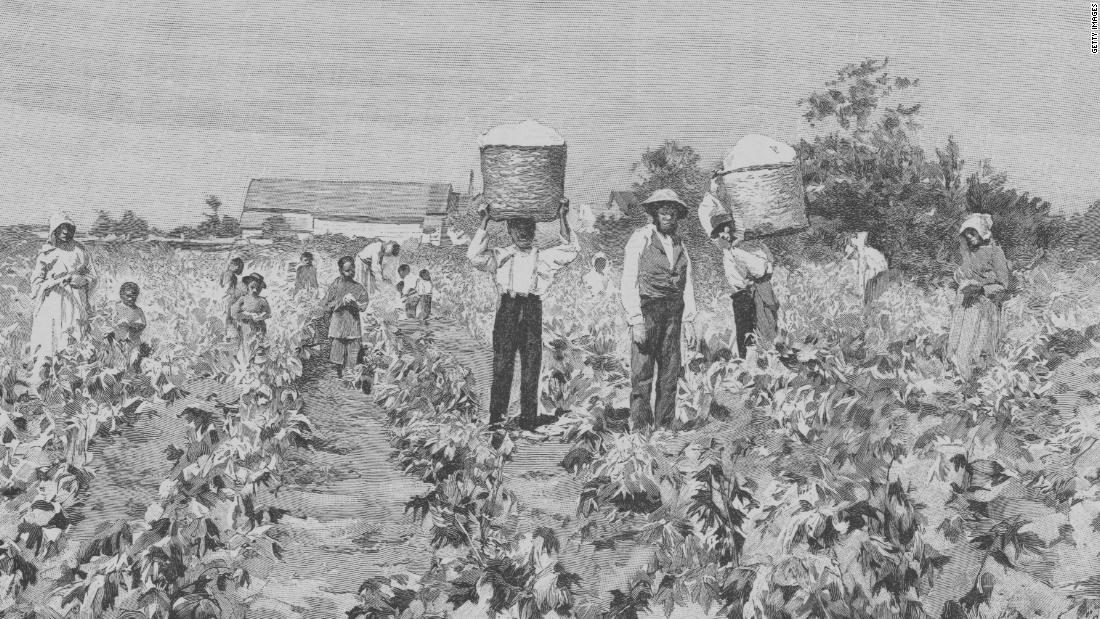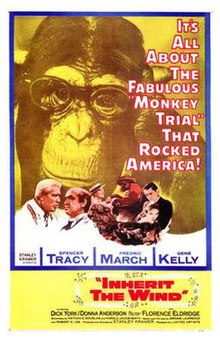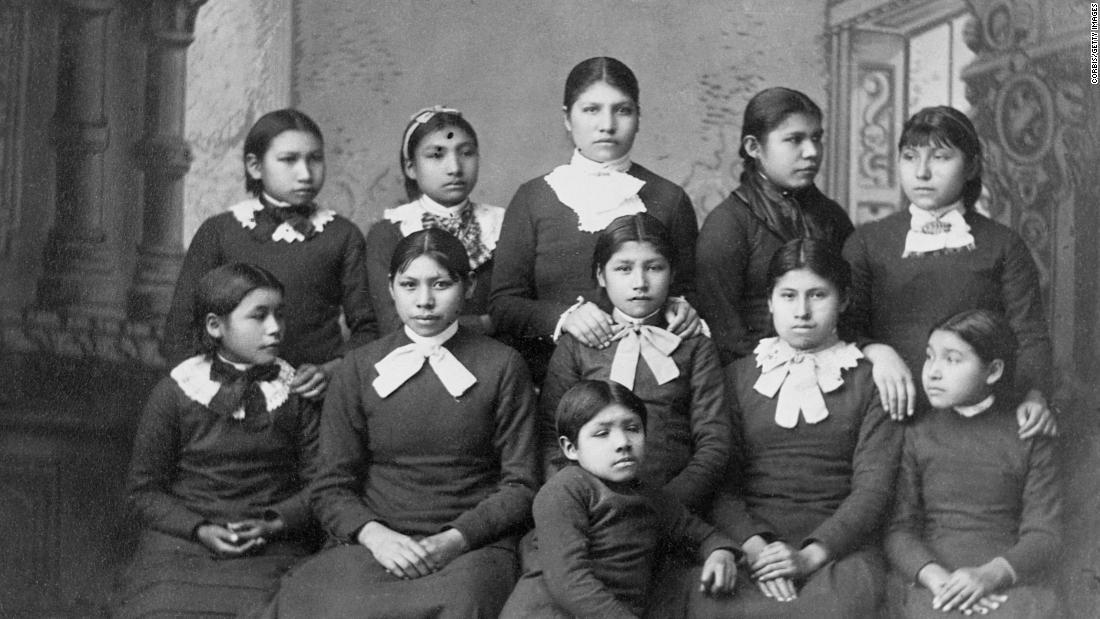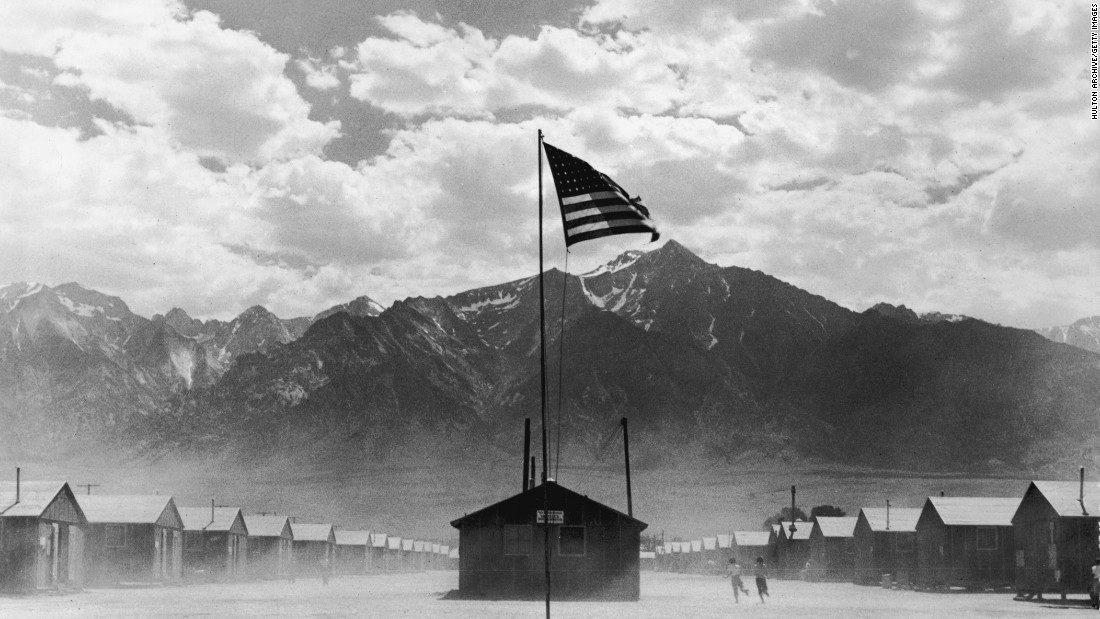Actually, the US has a long history of separating families...
Many Americans across the US are angry with US Immigration Policies... for the government's "zero tolerance" immigration policy, which has sought to deter illegal entry by detaining and separating migrant families.
Critics say the policy, which was recently altered to address some concerns of separation, is not emblematic of who we are as a nation. Others say it runs counter to the America they know and love.
But history shows policies like this have been implemented time and time again since the nation began.
In fact, the US has a long history of separating children from their parents. Government policies forced apart the families of enslaved Africans, Native Americans and Mexican immigrants, and detained Japanese-Americans during World War II.
Many Americans across the US are angry with US Immigration Policies... for the government's "zero tolerance" immigration policy, which has sought to deter illegal entry by detaining and separating migrant families.
Critics say the policy, which was recently altered to address some concerns of separation, is not emblematic of who we are as a nation. Others say it runs counter to the America they know and love.
But history shows policies like this have been implemented time and time again since the nation began.
In fact, the US has a long history of separating children from their parents. Government policies forced apart the families of enslaved Africans, Native Americans and Mexican immigrants, and detained Japanese-Americans during World War II.
Splitting up slave families
Enslaved parents lived with the constant fear of being separated from their children.
Slave owners could split up families for any number of reasons -- including selling slaves to pay off debts, dividing families to create equal inheritance or as punishment.
"During slavery, there was a belief among slave owners that these families could be ripped apart and there was no need to think about how they ever might be brought back together," said Henry Fernandez, a senior fellow at the Center for American Progress.

The Misery of the plantations...
Likening the separation of black families to migrant families, Fernandez said: "What we're seeing here is a federal government which had no strategy to ever bring these families back together."
Enslaved parents lived with the constant fear of being separated from their children.
Slave owners could split up families for any number of reasons -- including selling slaves to pay off debts, dividing families to create equal inheritance or as punishment.
"During slavery, there was a belief among slave owners that these families could be ripped apart and there was no need to think about how they ever might be brought back together," said Henry Fernandez, a senior fellow at the Center for American Progress.

The Misery of the plantations...
Likening the separation of black families to migrant families, Fernandez said: "What we're seeing here is a federal government which had no strategy to ever bring these families back together."







No comments:
Post a Comment
Note: only a member of this blog may post a comment.